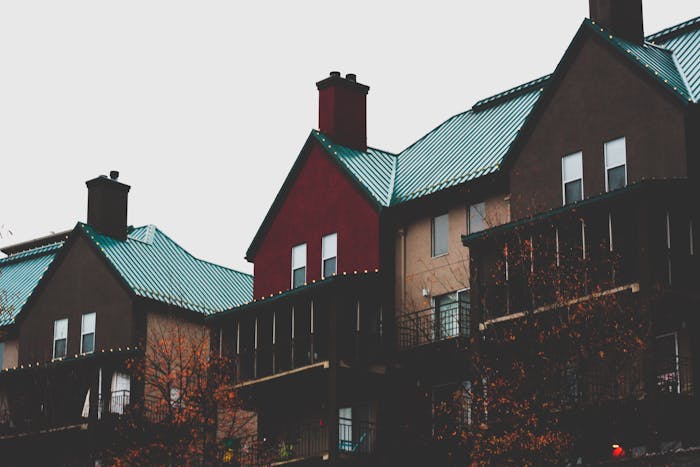Metal roofs have become increasingly popular for both residential and commercial properties because of their durability and attractive look. Homeowners in many regions are choosing them as a smarter long-term investment compared to traditional roofing options. Along with their strength, they also offer measurable benefits when it comes to energy costs and property value
One of the most discussed advantages is the savings linked to reduced energy use. Many property owners consider energy-efficient metal roofing when they want to cut monthly expenses. With reflective surfaces and strong insulation potential, these systems perform well in different climates. In this article, we’ll break down the ways energy-efficient metal roofs can help save money.
Lower Utility Bills Through Reflective Surfaces
Metal roofing is designed to reflect more sunlight than traditional shingles. This reflective quality means your home absorbs less heat during warm seasons. Lower indoor temperatures reduce the need for constant air conditioning, which can significantly cut utility costs.
In warmer areas, this difference is especially noticeable. Families often find their homes more comfortable without pushing their HVAC systems to the limit. Over a year, these savings add up and help balance the initial cost of installation.
Long-Lasting Value
One of the strongest benefits of metal roofing is its ability to outlast many traditional materials. While asphalt shingles may need replacing after 20 years, a properly maintained metal roof can last 40 to 70 years. This durability cuts down the need for frequent replacements, which saves significant money over time.
Long-term savings come not just from durability but also from fewer repairs. Cracked or missing shingles are common with other materials, but metal systems resist many of these issues. For property owners, this means less money spent on ongoing fixes.
Less Maintenance Over Time
Maintenance can take up a large part of any homeowner’s budget. With metal roofing, that burden is significantly reduced. Regular cleaning and occasional inspections are usually enough to keep the system in good condition.
The material is naturally resistant to common problems such as cracking, warping, or pest damage that affect other roofing types. This durability reduces the need for frequent service calls, which can quickly add up in cost. Over time, these savings make metal roofing a practical option for homeowners looking to cut down on long-term expenses.
Better Home Value and Insurance Perks
Energy savings are not the only financial benefit. Homes with metal roofs often see a boost in market value. Buyers are attracted to the durability, energy performance, and long-term reliability of this material. That appeal can translate into a higher selling price.
Additionally, some insurance companies offer discounts for properties with metal roofing. Because the material resists fire, high winds, and hail, it poses less risk. Reduced insurance premiums add another layer of savings to the overall investment.
Stronger Warranties and Added Protection
Metal roofing doesn’t just reduce maintenance. It often comes with stronger warranties compared to traditional materials. These warranties can cover both materials and workmanship, giving homeowners peace of mind for decades.
Some insurance providers lower premiums for homes with metal roofs because the material resists fire and hail. It means the financial benefits extend beyond utility savings and maintenance costs. Over time, both warranties and insurance discounts contribute to meaningful long-term savings.
Energy savings, reduced maintenance, and long-term durability make metal roofing an investment that pays for itself over time. Many homeowners now consider energy-efficient metal roofing as part of their strategy to cut costs while improving property value. From lower bills to fewer repairs, this choice provides financial and practical benefits that last for decades. For many families, the long-term savings make metal roofing not just a practical upgrade but also a wise financial decision.
Read Also: How to Choose Metal Roof Installers for Your Roofing Needs


